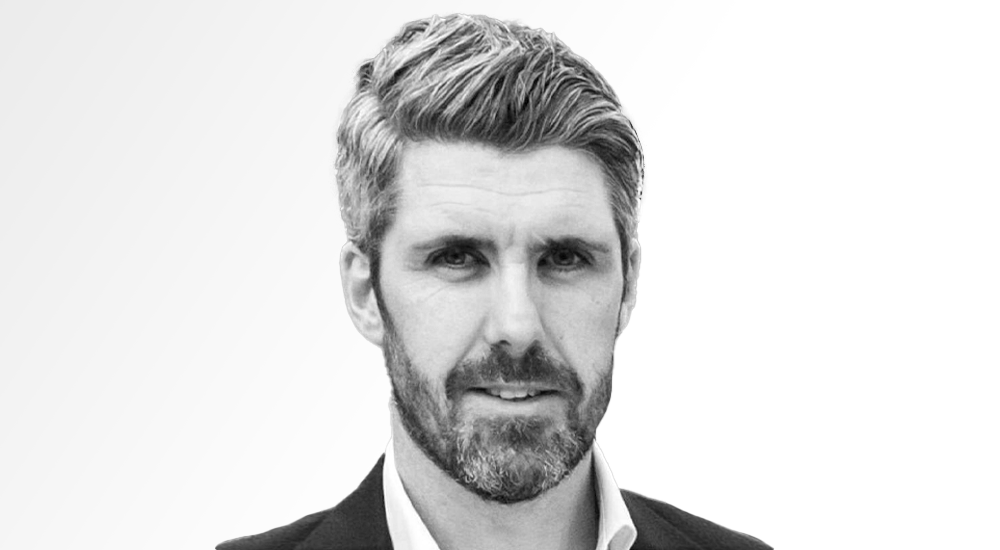Have you ever wondered how new products get to see the light of day and who are responsible for it happening? Well, that is all thanks to all the boys and girls who work in the product development department.
What is product development?
Product development is a function that is responsible for bringing new products to market, maintaining existing products, closing/merging products and ensuring all products comply with current regulation.
They could be thought of as the chefs in the kitchen who bring everything together, as they face off to pretty much the entire organisation from portfolio management, capital markets, sales, legal, risk, compliance, operations, technology as well as external parties such as service providers, legal counsel and regulators. In fact, there are very few departments with which they do not interact with.
How are new products born?
Product ideas can come via multiple means but typically they boil down to four:
A portfolio manager has a strategy idea which they want to turn into a product and uses their influence to push for its creation
Sales team receive feedback from clients about demand for a particular product and champion internally for its launch
The firm has a gap in their current product line-up and so move to fill it
Market trends – there is current interest in a particular product or trend – think ESG, smart-beta, thematics and so there is a race for firms to launch their own version of this trend
What are the steps involved in launching a new product?
There are multiple steps involved before any product hits the market.
Internal approvals. Firms typically will have a product approval committee that consists of major stakeholders within the firm. The product idea will be pitched to these people and it is their responsibility to decide whether it is a crazy idea or a good commercial opportunity.
Competitor analysis. Some firms will have product strategy functions and these guys will be crunching the numbers assessing how many competing products are in the market, what are their feature, how are they priced, what is the performance like. All of these will need to be assessed to determine what the opportunity is and will go to determining the product design.
Product design. This is the part where the fund objective is set, features are added like benchmark, pricing, share class types.
Operational build. Firms need to work with their service providers to ensure the plumbing is set up before the product can launch. Depending on the instruments being used, custody accounts may need to be set up, tech build added and so forth.
View From The Desk: The changing face of ETF distribution
Regulatory approval. All new products need to be approved by the relevant regulator which in Europe is typically the Central Bank of Ireland in Ireland or the CSSF in Luxembourg. A prospectus will be drafted by the firm’s legal counsel and submitted for approval to the regulator. Once approval is given then the product is nearly ready for launch.
Marketing. Factsheets, KIIDS, product stories are all collateral that come with new products and will need to be prepared in advance of launch
Listings and registrations. The exchanges the fund is going to trade on will need to be determined plus the countries in which the firm intends to register the product for sale identified. Setup for each of these and the accompanying paperwork all need completing pre-launch.
How long does it take for a product to launch?
One may think that a lot of product ideas can be years in the making but that rarely tends to be the case. As described above, most ideas tend to be opportunistic and a direct reaction to what is playing out currently in the market. Some may call this a “throw spaghetti at the wall and see what sticks” strategy, others may call it market timing. Either way, there is no shortage of products in the market and no signs of any slow up.
But, getting back to the question, from idea generation to launch day it can range anywhere from four months to one year. So much depends on the firm’s infrastructure capabilities and product complexity. A friendly regulator always helps, as getting stuck in the regulators' pipeline is a sure way to blow your launch timetable.
What skills does one need to get a job in the product team?
As you can see so far there are a lot of steps and stakeholders involved in bringing a new product to market, so unsurprisingly strong project and stakeholder management skills are key attributes. The product developer needs to keep a lot of plates spinning and sometimes this is easier said than done.
In addition, regulatory knowledge, structuring knowledge, marketing sense, and a good commercial nose are all valued skills for the product developer. Such a broad skillset makes the product developers a good “jack of all trades”.
Some people spend a career in product development whereas others use it as a stepping stone to something else within the firm. The usual destination is to a product specialist role but I have known people end up as portfolio managers, although that would be the exception rather than the norm.
View From The Desk: Asset servicing – the engine room of the ETF ecosystem
So, there you have, a quick run through the wonderful world of product development. I spent a decade working as one so it can’t be that bad and in truth its not. The product team are a core cog in the wheel, have a solid understanding of how a fund management business works, so the only real surprise is how infrequently you see such profiles climb to the top of ETF businesses.
View From The Desk is a series where Michael O'Riordan, founding partner of Blackwater Search & Advisory, a specialist ETF and digital asset executive search firm, examines the key trends taking place across the European ETF industry from a people's perspective.



